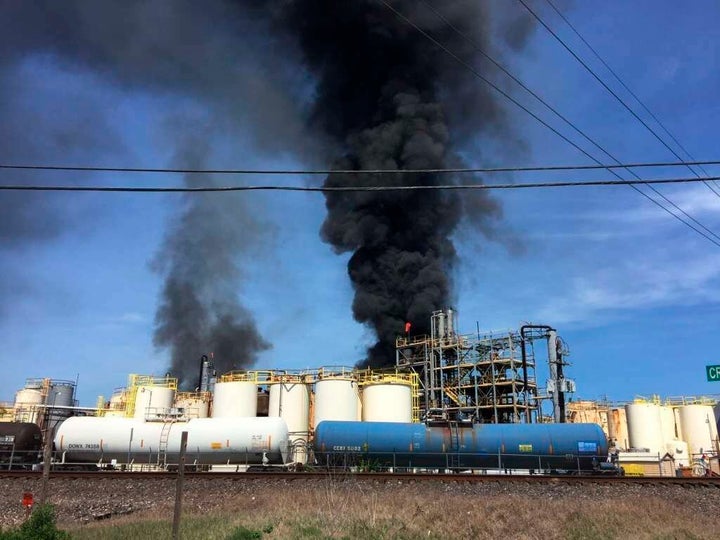The U.S. government agency that investigates chemical disasters is reevaluating its recent decision to stop identifying workers who were killed on the job in its official reports.
HuffPost reported earlier this month that the U.S. Chemical Safety Board did not want to name such workers out of concern it might suggest someone was to blame for their deaths. The policy marked a reversal from recent years, in which all CSB reports involving fatalities included a dedication page listing those who died.
The change prompted an outcry from occupational safety experts and advocates, who said the new policy was a disservice to the dead and to anyone who takes the time to read the board’s findings. More than 50 of them penned a letter to the CSB urging its leadership to change course and name those killed, so that the public recognizes the victims as real people with families.
The CSB is an independent federal agency that performs in-depth investigations of chemical accidents, helping victims, government officials and the public understand what went wrong and how it could have been prevented.
During a public meeting held in Washington and over the phone Tuesday, the agency’s interim chief, Kristen Kulinowski, said she was asking the CSB general counsel to take another look at the policy on naming the dead, according to the National Council for Occupational Safety and Health, an advocacy group with representatives on the call.
Kulinowski noted there was “a lot of passion” around the issue. Indeed, the agency took more heat for the decision from experts who called in to the meeting. “Nobody was there saying it was a good idea to leave those names out,” said Roger Kerson, a spokesman for the council.
Those disagreeing with the new policy include Rick Engler, one of the board’s three current members. (The other two members are Kulinowski and Manuel Ehrlich.) Engler dissented in part from the board’s most recent report, solely over the issue of not including names.
“I do not support from the removal of drafts of this report of the names (and ages) of the four individuals who were fatally injured in this incident,” Engler wrote. “Their preventable deaths were the central reason for this investigation in the first place and are an essential part of the CSB’s unique historical record.”
Engler recommended establishing a formal policy so that names and ages are always listed.

Until this month, dedication pages had been included in the agency’s five most recent reports involving fatalities, stretching back to 2016. The change came with the two reports released this month ― one covering the Pryor Trust well blowout in Oklahoma in January 2018, which killed five workers, and one covering the methyl mercaptan release at the DuPont plant in La Porte, Texas, in November 2014, which killed four workers. (Watch the CSB news conference releasing the Pryor Trust report above.)
A CSB spokeswoman told HuffPost earlier this month that while it’s important to honor the dead, the agency didn’t want to come off as assigning blame.
“Our mission is not to determine blame, fault of liability of individuals, parties or organizations, connected with the investigation,” the CSB said. “Placing the names of individuals that were fatally injured as a result of the incident and dedicating the report to them may infer culpability on the part of the entity responsible for the operation of the facility where the incident occurred.”
The change didn’t sit well with Celeste Monforton, who lectures on occupational health and safety at George Washington University and investigated the Upper Big Branch mining disaster. She had urged the agency years ago to start including dedication pages, which it eventually did.
Monforton told HuffPost it means a lot to families to see their loved ones recognized as people in an official report. “It’s important to have information about what happened,” she said. “But not a single mention of who this person was?”
The CSB did not say whether there was a timeline for a review of the policy.
The five workers killed in the Pryor Trust well blowout were Josh Ray, 35; Matt Smith, 29; Cody Risk, 26; Parker Waldridge, 60; and Roger Cunningham, 55.
The four workers killed in the DuPont chemical release were Crystle Rae Wise, 53; Wade Baker, 60; and brothers Gilbert Tisnado, 48, and Robert Tisnado, 39.
